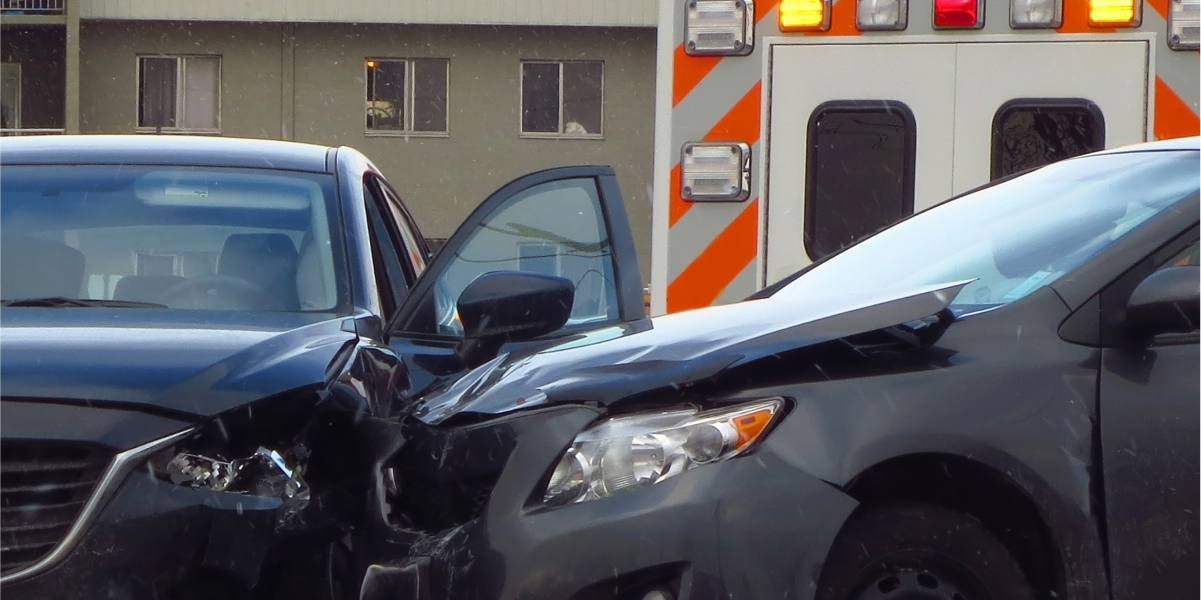Collisions involving semi-trucks occur for a variety of reasons, and many of those reasons are directly related to the inherent physical characteristics of semi-trucks. Big-rigs are longer, taller and heavier than other passenger vehicles, which means they pose unique risks because they offer a commercial driver less visibility, handling and braking distance. These characteristics pose a severe risk of severe injury and wrongful death to all other motorists who share the road with semi-trucks.
One physical feature of tractor-trailers that constitutes such a risk is the enormous blind spots that limit the ability of semi-truck drivers to see other vehicles. While all motor vehicles have blind spots, the length and height of a semi-truck means that tractor-trailers have both a greater number of areas and larger areas that a commercial driver cannot see even with use of large mirrors. Drivers of other vehicles should avoid traveling in the blind spots of a tractor-trailer, but it can be hard to definitively determine if you are in a location where the commercial driver cannot see your vehicle. A general rule of thumb offered by some traffic safety experts is that if you cannot see the mirror that the truck driver would use to see you traveling alongside the tractor-trailer then the commercial driver probably cannot see you. Tractor-trailer blind spots include but are not necessarily limited to the following:
• The area immediately behind the big-rig
• The area adjacent to the driver’s side of the cab
• The road immediately in front of the commercial truck
• A large area on the passenger’s side of the cabin
These blind spots are referred to by the trucking industry as “no zones” because insurance carriers for trucking companies frequently try to shift responsibility for causing a collision involving a big-rig blind spot to the injury victim in the other vehicle. This defense strategy rests on attempting to shift the blame for a tractor-trailer crash to the personal injury or wrongful death victim by claiming that the collision was caused by the plaintiff conduct of traveling alongside the tractor-trailer.
However, the reality is that many commercial truck blind spot accidents are the product of negligence by the commercial driver. The commercial driver may still be liable for a collision in a blind spot if the truck driver did not exercise due diligence before executing a driving maneuver, such as a lane change or turn. A common scenario where commercial drivers may be liable in such situations occur when trucks swing left before a right hand turn but fail to check for a vehicle on the right which results in the smaller car being crushed by the side of the truck.
Put Our Law Firm’s Over 39 Years of Legal Experience to Work For Your Case
If you or someone you love has been injured in a tractor-trailer crash, Our Atlanta truck accident lawyers at Montlick Injury Attorneys have been helping injury victims and their families for over thirty years throughout all of Georgia and the Southeast, including but not limited to Albany, Athens, Atlanta, Augusta, Columbus, Gainesville, Macon, Marietta, Rome, Roswell, Savannah, Smyrna, Valdosta, Warner Robins and all smaller cities and rural areas in the state. No matter where you are located our attorneys are just a phone call away, and we will even come to you. Call us 24 hours a day/7 days a week for your Free Consultation at 1-800-LAW-NEED® (1-800-529-6333). You can also visit us online at www.montlick.com and use our Free Case Evaluation Form or 24-hour Live Online Chat.


